summary
It has long been known that insulin-like growth factor 1 (IGF1) causes an increase in the circulating levels of 1,25-dihydroxyvitamin D (1,25(OH)2D), the hormonally active vitamin D metabolite, by stimulating the expression and activity of the 1α-hydoxylase that produces 1,25(OH)2D in the kidney. Indeed, plasma 1,25(OH)2D is significantly higher in active than controlled acromegaly, with a tendency to hypercalcemia, hyperphosphatemia, and hypercalciuria. On the other hand, more recent data has suggested that vitamin D may contribute to determining IGF1 concentrations. Mice knockout for the vitamin D receptor (VDR) exhibit 30% lower IGF1 levels compared with WT animals and a significant increase in serum IGF1 was noted in response to vitamin D in two small cohorts of children. Furthermore, cross-sectional analyses of community-based cohorts disclosed a positive correlation between the concentrations of 25-hydroxyvitamin D (25(OH)D), the marker of vitamin D status, and IGF1. Here we first conducted an open-label, controlled study of the changes in circulating IGF1 following vitamin D supplementation in adults. Then, we asked whether the influence of vitamin D on IGF1 might be clinically relevant for the management of growth hormone deficiency (GHD), which relies on measurement of IGF1 levels.
abstract
"OBJECTIVES:
Previous studies suggested that vitamin D modulates circulating IGF1. We investigated this effect in adults and its clinical relevance in the management of GH deficiency (GHD).
DESIGN AND METHODS:
IGF1 levels were prospectively measured before and after 12 weeks of treatment with oral vitamin D3 (5000 or 7000 IU/week) vs no intervention in 39 subjects 61.9±7.9 years old. The frequency of IGF1 values ≥50th age- and sex-specific percentile in relation to vitamin D status, as determined by the concentration of 25-hydroxyvitamin D (25(OH)D), was retrospectively assessed in 69 GHD patients (57.4±16.6 years) on stable hormone replacement and with 25(OH)D and IGF1 concurrently measured.
RESULTS:
Treatment with 5000 and 7000 IU vitamin D3/week significantly raised 25(OH)D by 12.7±8.4 and 13.1±6.5 ng/ml respectively (both P<0.001 vs baseline). In the 7000 IU group, IGF1 levels also significantly increased by 31.3±36.7 ng/ml (P=0.01). Neither 25(OH)D nor IGF1 significantly varied in controls. IGF1 was ≥50th percentile more frequently in GHD patients with 25(OH)D levels ≥15 than <15 ng/ml (65.9 vs 40.0%, P<0.05). Logistic regression with adjustment for recombinant human GH (rhGH) dose, vitamin D supplements, gender, use of thyroid hormones, corticosteroids or estrogen/testosterone, and season revealed a significant positive association between ≥15 ng/ml 25(OH)D and IGF1 ≥50th percentile (OR 4.4, 95% CI 1.0-18.8, P<0.05). A significant negative correlation between 25(OH)D concentrations and rhGH dose was found after correcting for age and IGF1 (β -0.042, P<0.01), but not after further adjusting for sex, thyroid, adrenal or gonadal replacement, and season (β -0.037, P=0.06).
CONCLUSIONS:
Vitamin D increases circulating IGF1 in adults. As a result, a better vitamin D status may ease the achievement of normal IGF1 values in GHD."
LINK - http://www.ncbi.nlm.nih.gov/pubmed/24005315
